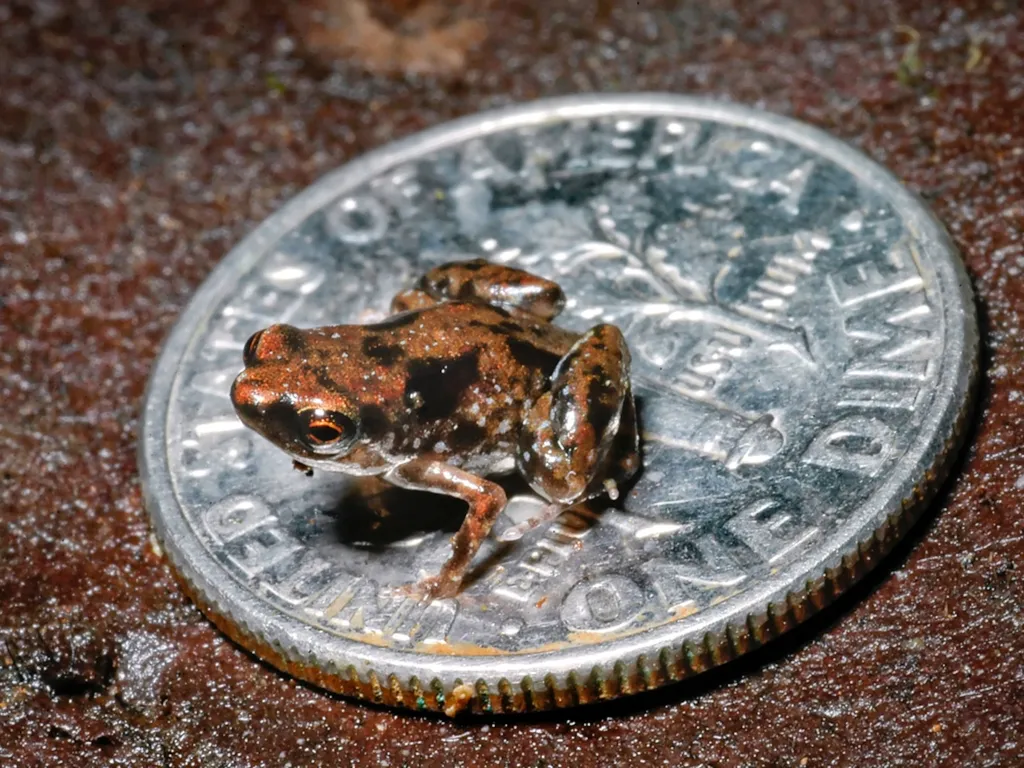In the lush, humid landscapes of Taiwan, a tiny, often overlooked creature plays a significant role in the ecosystem: the frog-biting midge. A recent study published in *Ecology and Evolution* has shed new light on these minuscule insects, their host preferences, and their evolutionary relationships, with potential implications for agriculture and pest management.
The study, led by Woo Jun Bang from the School of Biological Sciences at Seoul National University, employed innovative frog-calling traps to collect specimens from two families of dipterans: Culicidae (mosquitoes) and Corethrellidae (frog-biting midges). The traps proved effective, opening new avenues for studying these elusive insects.
One of the most striking findings was the host preference of the frog-biting midges. “We found that Odorrana swinhoana and Kurixalus eiffingeri were the most frequently associated with the collected specimens of Corethrellidae,” Bang explained. This specificity in host preference could have significant implications for understanding the ecological dynamics of these insects and their impact on amphibian populations.
The study also delved into the genetic makeup of these creatures. DNA barcoding was conducted on four species of Culicidae, and the mitochondrial genome of Corethrella nippon was sequenced and annotated for the first time. This genetic information is crucial for understanding the evolutionary history and relationships of these insects.
Phylogenetic analysis revealed that Corethrella nippon formed a clade with Corethrella condita. Moreover, the family Corethrellidae clustered with Culicidae, although the inter-family relationships within Culicoidea appeared paraphyletic, particularly concerning the family Chaoboridae. These findings could reshape our understanding of the evolutionary history of these insects and their relatives.
The commercial impacts of this research are manifold. Understanding the host preferences and evolutionary relationships of frog-biting midges and mosquitoes can aid in developing targeted pest management strategies. This is particularly relevant for the agriculture sector, where these insects can be vectors for diseases affecting both crops and livestock.
Looking ahead, the study underscores the need for further research. “Future studies should explore a greater variety of frog species across more diverse regions and use other genomic datasets beyond the mitogenome to infer a more robust deep topology at the superfamily level,” Bang suggested. This will not only broaden our understanding of host preference but also provide deeper insights into the evolutionary history of these fascinating creatures.
In the grand tapestry of ecological research, this study is a significant thread, weaving together the intricate relationships between insects, their hosts, and their environments. As we continue to unravel these complexities, we gain not only a deeper appreciation for the natural world but also valuable tools for managing and conserving it.

